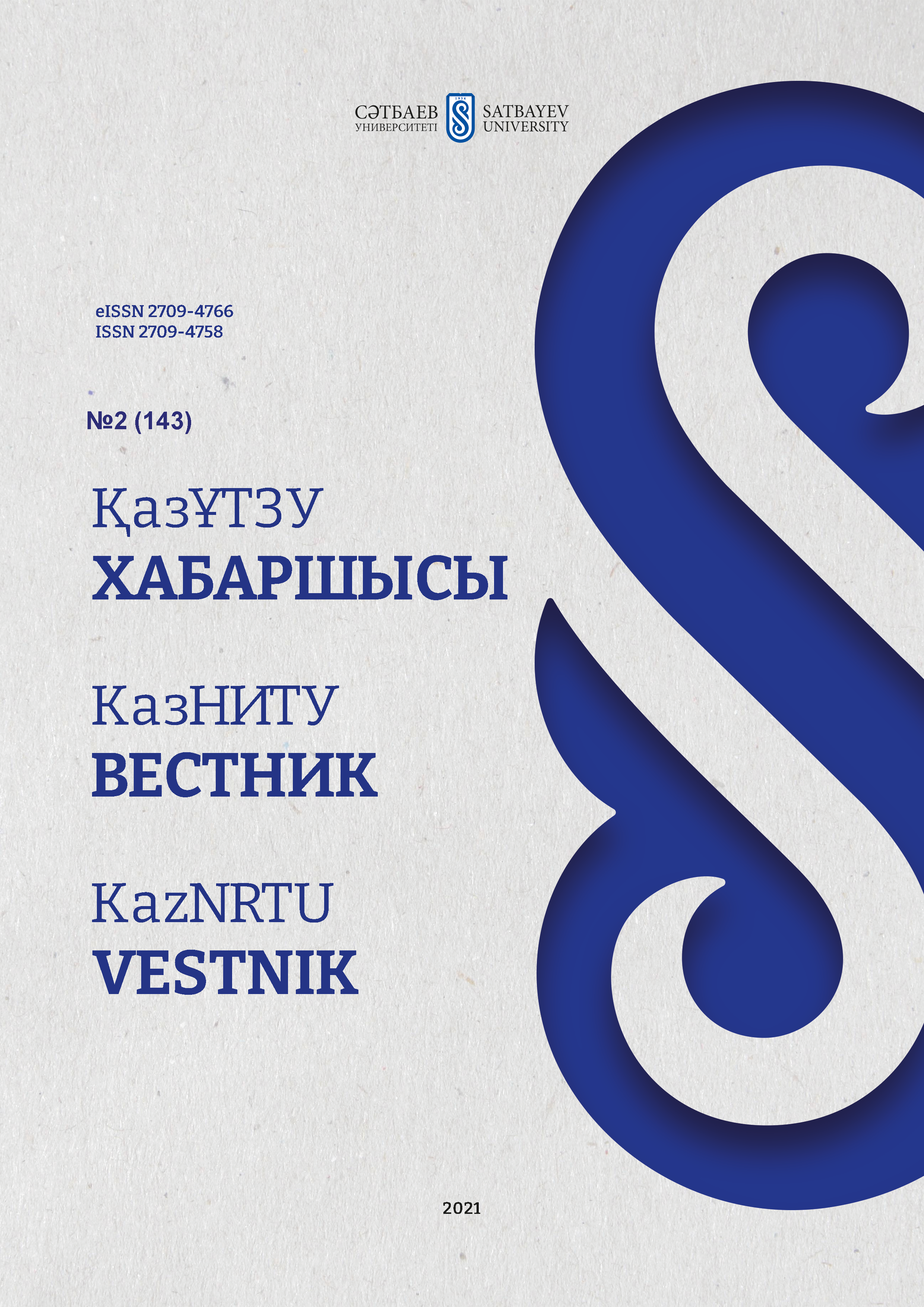Mathematical model of asynchronous frequency controlled electric drive for different types of load
DOI:
https://doi.org/10.51301/vest.su.2021.i2.26Keywords:
mathematical modeling, asynchronous motor, mechanical characteristics, dynamic modes, energy indicators.Abstract
A mathematical model of a frequency-controlled asynchronous electric drive is proposed, which makes it possible to study electromagnetic and electromechanical processes in an electric drive with any drive mechanism. The block diagram of algorithms of calculations performed in the computer application "Mathcad", the results of modeling and their analysis are presented. Currently, the most massive consumers of electrical energy are electric drives based on asynchronous electric motors (AM). At the design stages of new and modernization of existing electric drives with IM, an important place is occupied by mathematical modeling of the object. The mathematical description of the electromagnetic and electromechanical processes of an asynchronous electric drive has been known for a long time. So, in [1], a model of an asynchronous drive for centrifugal mechanisms with a quadratic dependence of the moment of resistance on speed is proposed. The authors propose the universalization of the mathematical model of the electric drive in order to use it for mechanisms with any moment of resistance.
Downloads
Published
How to Cite
Issue
Section
License
Copyright (c) 2021 VESTNIK KAZNRTU

This work is licensed under a Creative Commons Attribution-NonCommercial-NoDerivatives 4.0 International License.
<div class="pkpfooter-son">
<a rel="license" href="http://creativecommons.org/licenses/by-nc/4.0/"><img alt="Creative Commons License" style="border-width:0" src="https://i.creativecommons.org/l/by-nc/4.0/80x15.png"></a><br>This work is licensed under a <a rel="license" href="http://creativecommons.org/licenses/by-nc/4.0/">Creative Commons Attribution-NonCommercial 4.0 International License</a>.
</div>





